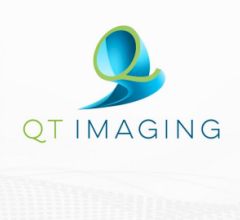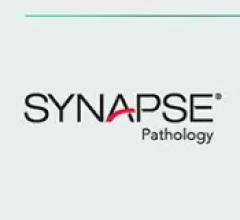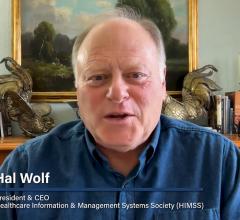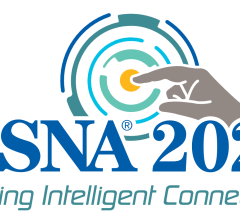
Naples Community Hospital is part of NCH Healthcare Systems.
The path to a filmless radiology department might be paved by implementing PACS, but it is the archive solution that provides a solid foundation to support the workflow volume. At Naples Community Hospital (NCH) in Naples, FL, Radiology director Jim Bates understood that a solid archive infrastructure enables future growth of imaging services.
The 350-bed NCH is part of NCH Healthcare Systems, which also includes North Collier Hospital (a 150-bed site) and four diagnostic imaging centers. Radiologists review images from any site with a secure, online connection. Together, these facilities will generate 260,000 imaging studies in 2006 from the latest imaging modalities.
When Bates began his search for archive/storage technology, his primary goal was to install a cost-effective, reliable and flexible solution that would meet NCH’s needs of today and into the future.
“The administration here is strongly convinced that technology is the key to efficiency and better care,” Bates said. Armed with his prior experience
of selecting and installing PACS at another facility, Bates toured several sites as part of his review process. Multiple issues stood out in his travels. PACS administrators’ biggest challenge was managing the studies that reside on different media due to upgrades and data migration strategies. Also, many facilities had an FTE to manage the archive, and in particular to support two offsite archives for disaster recovery capabilities.
Bates knew he had to look at another archiving plan. So he turned to InSiteOne and found the company to be knowledgeable and confident in their abilities to make storage seamless and integrate into NCH’s workflow. “It turned out they were absolutely correct,” said Bates. “They are very good and we made the right decision.”
Seamless Storage Solution Connects the Enterprise
NCH went live in March 2003. From a financial perspective, InSiteOne and its “pay as you go” model that requires no large, upfront technology costs was a perfect fit for NCH. From a technology view, NCH won again with InSiteOne’s commitment to keeping its technology up-to-date on regular intervals. From a regulatory perspective, InSiteOne’s disaster recovery services provided the right solution to fulfill not only HIPAA, but also JCAHO requirements.
“When you put in PACS, your administration doesn’t want you back in one year with a request for additional funding to update or expand your archive,” Bates explained. According to Dee Myli, PACS administrator, the initial installed archive was several terabytes of RAID with a guarantee to have at least one year of online images at all times. “That number increased to 7.2 terabytes over time, and right now we have almost two years online,” noted Myli.
For disaster recovery, acquired images are automatically sent to InSiteOne’s Connecticut data warehouse, and from there are transferred to the secondary site in Arizona. For Bates and Myli, InSiteOne has simplified their disaster recovery plan in a cost-effective and secure manner. NCH has not only saved the cost to support two archives, but also the “headaches that go with it,” Bates said.
By working with the PACS vendor, InSiteOne enabled NCH to query and retrieve offline images. All images are kept online for up to two years and physicians can retrieve virtually any stored image for comparison. “It is seamless to our users,” Myli said. “They click a retrieval button and InSiteOne cues it up and sends it back to our local RAID.”
NCH recently took the InSiteOne solution enterprise-wide with the addition of cardiac cath lab images and respiratory cardiac motion studies, two modalities that both had a separate archive. He believes future plans include using InSiteOne for other modalities brought online.
Benefits Promised and Realized
Bates’ routine is a juggling act – resolving different issues daily. With InSiteOne, he devotes his time to other more pressing issues, since the archive is something he doesn’t even have to consider, giving him peace of mind. “If I could get more systems like InSiteOne,” said Bates, “then the little fires I put out every day would be a lot easier to manage.”
For NCH, using InSiteOne for enterprise-wide storage of images was a seamless, secure and financially sound solution. “To be honest, the most seamless connectivity we have is InSiteOne. We haven’t had a problem with them,” Bates explained.



 November 29, 2025
November 29, 2025 









